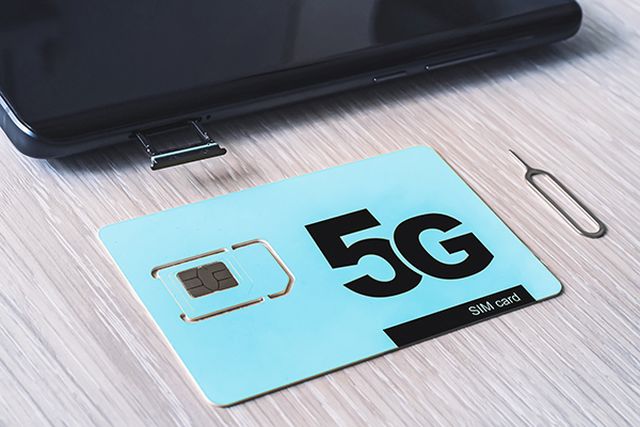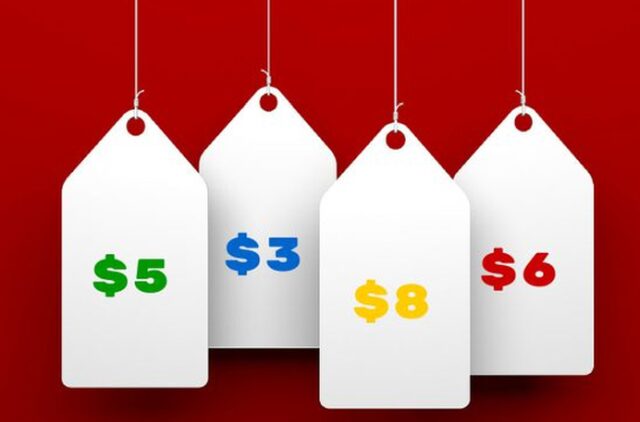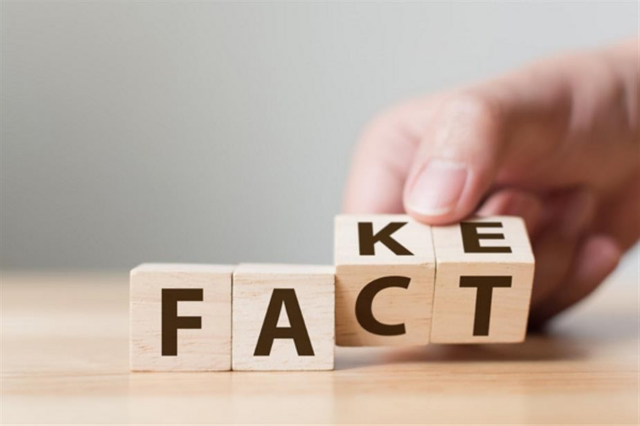
A phone card, also known as a calling card, allows you to make domestic or international calls from any phone by first dialing a phone number and PIN to access the card service.
The calls are then deducted from the prepaid balance on the card based on factors like the destination, duration, time of day, and other fees.
Phone cards provide an alternative to costly long-distance calling plans from landline or mobile providers.
They can be especially useful for travelers who want an affordable way to call internationally from their temporary location.
For immigrants and expatriates, phone cards are a convenient method to call family and friends back home without paying exorbitant roaming charges.
The Main Benefits of Prepaid Phone Cards Include

- Cost savings compared to conventional long-distance calling
- No need to enter into lengthy phone service contracts
- Fixed per-minute international rates, unaffected by the time of day
- Ability to use any phone, anywhere you have access to it
- Portability to take the card anywhere in the world
- Rates are unaffected by your geographic location when calling
- Wide range of denominations to match your usage needs
With phone card rates as low as 1 cent per minute in some cases, it’s easy to see the appeal. However, many pitfalls exist when choosing a phone card, especially for international calling.
“One of the best things about using a phone card is that you don’t need to download anything to your phone, call the access number, enter the PIN then dial overseas.” Peter M, SingaporePhoneCards.com
1. Not Comparing Prices from Multiple Providers

The first key mistake is not comparing rates and fees across different phone card brands and providers. There can be vast differences in the costs between phone card companies, so take the time to thoroughly research options.
Check rates to your most common international destinations from leading phone card sellers. Account for factors like landline versus mobile rates, peak versus off-peak times, connection fees, and maintenance fees. Look for promotions and sales when buying larger denomination cards.
Carefully crunch the numbers to determine the best value for your specific calling needs. A few minutes of research can save you significantly over the lifetime of the card. Don’t assume one company offers the lowest prices across the board.
2. Not Checking Fees Carefully

In addition to the base per-minute rates, phone cards can incur many hidden fees that quickly inflate the cost of calling if you’re not careful. These include:
Maintenance Fees
Most phone cards deduct a small daily maintenance fee of around $0.50-$1.00 to keep the account active. Opt for low or no-maintenance fee cards if you won’t use it often.
Peak/Off-Peak Rate Differences
Calling during peak daytime hours often costs more. Take advantage of night and weekend discounts whenever possible.
Rounding/Minimums
Many cards round up to the nearest billing increment (often 60 seconds) so a 61-second call counts as 2 minutes. Some also have a minimum 1-3 minute call durations.
Account Fees
In addition to maintenance fees, some providers charge for the account itself. Watch out for multiple layers of fees.
As you compare options, calculate the impact of these fees based on your calling patterns. Read the fine print so you know exactly what you’re paying for.
3. Buying More Minutes Than You Need

Phone cards have expiration dates, usually 3-6 months after the first call. Any unused minutes left on the card are lost after the expiration date. It’s tempting to buy a card with lots of extra minutes just in case, but you can end up wasting money this way.
Take a close look at your past calling usage and habits. Do you make short frequent calls or long occasional calls?
How many minutes do you realistically need per week or month? Don’t overbuy just because a large denomination card seems like a better deal. You’re better off buying a little at a time to ensure you use all the minutes while they are still valid.
4. Not Considering Call Quality
Not all phone card brands offer the same call quality. Factors like voice clarity, echo, dropped calls, and lag time can vary greatly. Research reviews and test out a couple providers first before purchasing a high-balance card. This ensures you choose a reliable option.
Check if the card uses VoIP internet telephony or traditional landline networks for routing calls. Both work fine in most cases, but VoIP calls may have more quality issues. Try making some test calls at different times of day to check voice quality and connection stability before committing.
5. Buying from Untrustworthy Sources

Only buy phone cards directly from the provider’s website or reputable major retailers. Buying discounted cards from sellers on auction sites or unknown corners of the internet is risky. Often these inactive or fraudulent cards have had minutes drained off them already.
Research the brand first to ensure they are a legitimate phone card company with fair rates and policies. Verify that a pin number and activation is required – this safeguards the balance from being used prior to purchase. Avoid buying international phone cards locally when traveling globally, as scams abound.
6. Not Reading the Terms and Conditions
This catchall mistake can really come back to bite you. Failing to read the T&C agreement means you may miss key policies around:
- Expiration dates and inactive account fees
- Connection limitations like only 2 connections per day
- Excluded countries or regions not covered
- Lack of refunds for unused balances
- Peak calling times with higher rates
- Unexpected account closure fees and loss of balance
The terms vary significantly between providers, so read carefully before purchasing. Some let you dispute charges or get partial refunds, while others consider the balance as fully forfeited after expiration. Know exactly how the card works and what restrictions apply to avoid headaches.
In the world of telecommunications, staying informed about market trends and crucial statistics is essential. When it comes to buying phone cards, being aware of these 6 intriguing industry stats can help you avoid significant pitfalls.
Other Helpful Tips for Buying Phone Cards

Beyond just avoiding mistakes, there are some additional pro tips for purchasing prepaid phone cards:
Compare Billing Increments
Pay attention to the billing increment of the card, such as 60 or 30 seconds. Some providers bill in full-minute increments, so a 61-second call rounds up to 2 minutes. Others bill in shorter 30 or even 1-second increments for additional savings on short calls.
Watch Out for Minimum Call Durations
Certain phone cards enforce a minimum call duration, such as 3 or 5 minutes. Even if your call only lasts 30 seconds, you will be charged the minimum duration. Try to find cards without minimum call time requirements.
Leverage Deals and Promotions
Providers frequently run promotions like bonus extra minutes or discounted denominations. Sign up for newsletters or check Facebook and Twitter for deals before purchasing your card. You can stretch your balance further for the same spending amount.
Understand Connection Fees

Connection fees ranging from 50 cents to a few dollars apply each time you place a call with some phone cards. Calculate this cost impact ahead of time. See if you can buy a card that waives connection fees after you reach a threshold.
Minimize Maintenance Fees
Most providers deduct a maintenance fee daily or monthly to keep your account active. Opt for a card with low or no maintenance fees if you won’t use it often. Otherwise, these fees drain your balance rapidly.
Watch Expiration Dates
Phone cards expire anywhere from 3 months to 1 year after first use. Mark your calendar and set reminders as the date approaches. Use up all minutes prior to expiration so you don’t lose the remaining balance.
Go With Rechargeable Cards
Consider using refillable phone cards. This allows you to add more minutes without buying a whole new card. Unused minutes carry over with each refill.












